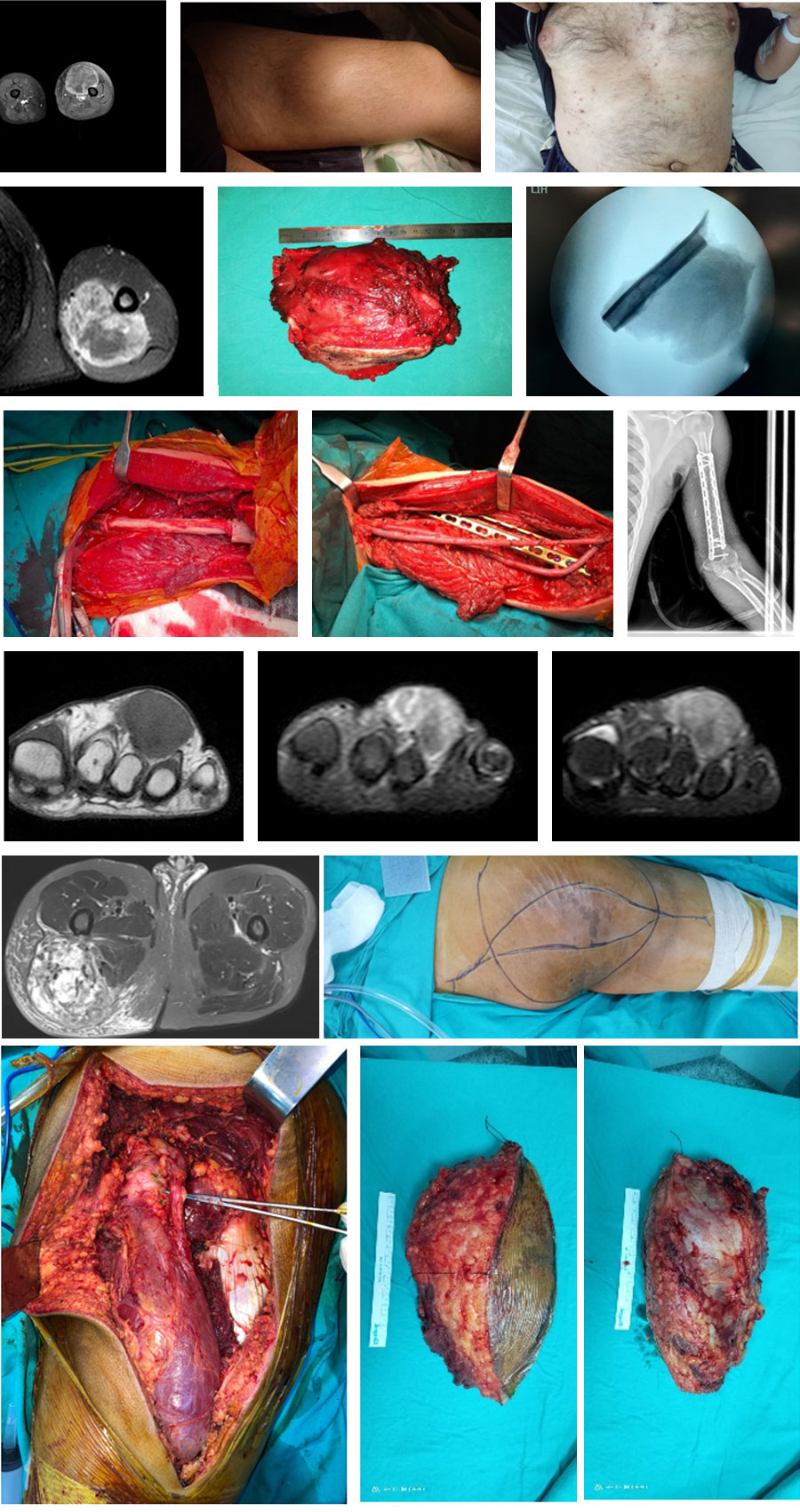MALIGNANT PERIPHERAL NERVE SHEATH TUMOR
- Hits: 663
Malignant peripheral nerve sheath tumor is a very rare malignant soft tissue tumor. Malignant peripheral nerve sheath tumors can occur at different ages, but most commonly occur after the age of 40.
Patients with neurofibromatosis have an increased risk of developing malignant peripheral nerve sheath tumors.
Patients with malignant peripheral nerve sheath tumors often present with swelling. Pain may rarely be present. It may be accompanied by numbness and tingling in the nerve area where it originates.
Malignant peripheral nerve sheath tumors are usually deep-seated and large, but can rarely be small and superficial. The fact that the swelling has been present for a long time and is painless may mislead the patient and physician that it is benign.
For patients with malignant peripheral nerve sheath tumors, we most commonly use medicated MRI as an imaging modality. MRI gives us detailed information about the location, size, boundaries, and contents of the tumor. MRI is also used to plan surgery, evaluate response to chemotherapy and radiation therapy, and monitor for recurrence.
The definitive diagnosis of malignant peripheral nerve sheath tumor is made by biopsy after clinical and radiologic evaluation. Biopsy is often performed using a closed procedure with special needles. It is important that the physician performing the biopsy is an orthopedic oncologist who specializes in bone and soft tissue tumors, and that the pathologist evaluating the biopsy sample is experienced in this field.
Patients diagnosed with a malignant peripheral nerve sheath tumor will undergo a CT scan, whole-body MRI, or PET-CT to look for metastases.
The primary treatment for malignant peripheral nerve sheath tumors is clean surgical removal of the tumor. Tumors that are not removed cleanly with wide margins have a nearly one hundred percent recurrence rate and are prone to metastasis. For this reason, it is critical that the surgeon performing the surgery be an orthopedic oncologist with experience in this area.
Radiation therapy is given before or after surgery to facilitate the operation and reduce the chance of recurrence. Although there are advantages and disadvantages to preoperative or postoperative radiotherapy, there is no clear superiority of one over the other.
Chemotherapy is not routinely used for malignant peripheral nerve sheath tumors. Chemotherapy is used primarily for large and deep-seated tumors and in the presence of metastases.
Patients with malignant peripheral nerve sheath tumors should be followed for many years at regular intervals for recurrence and metastases.


